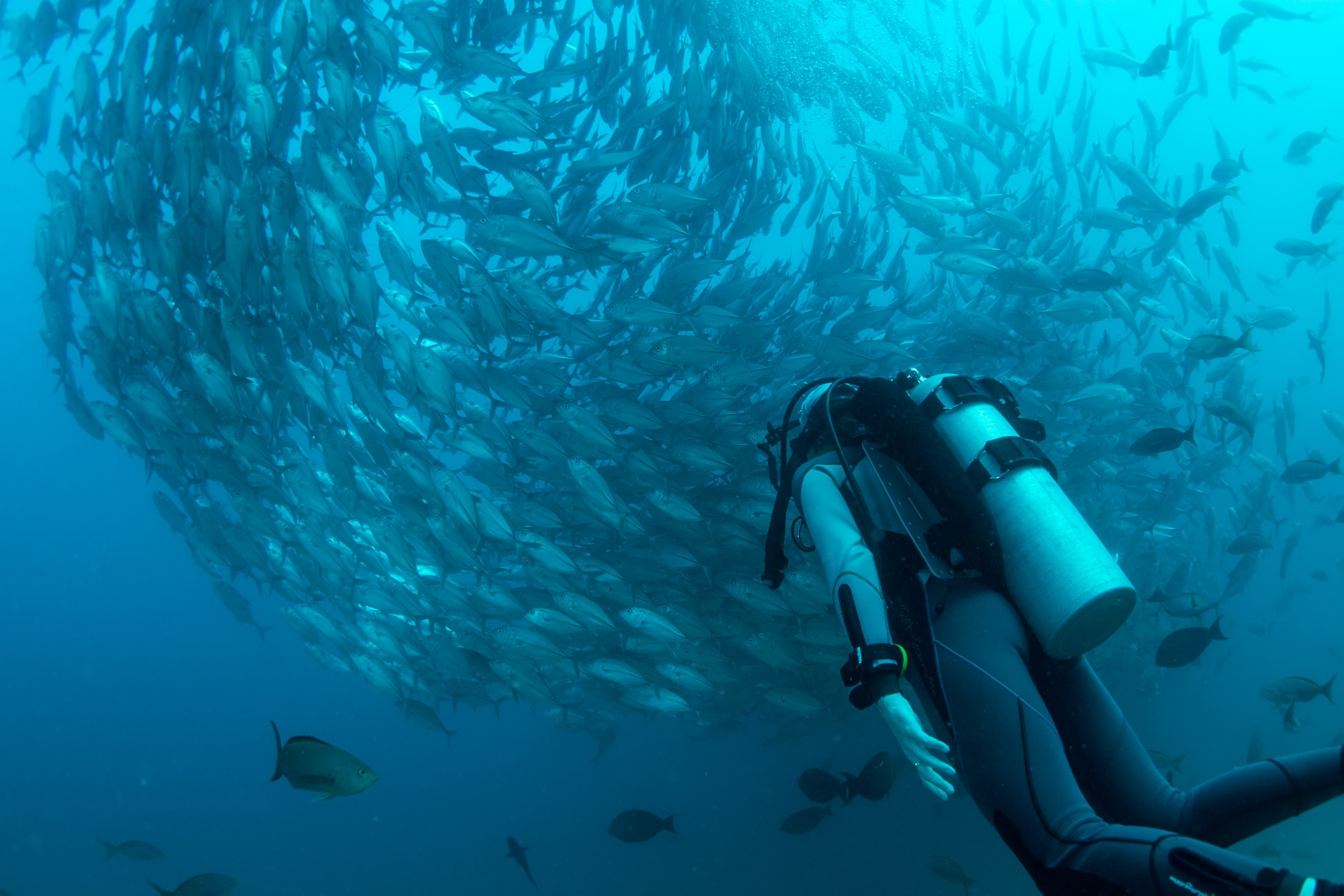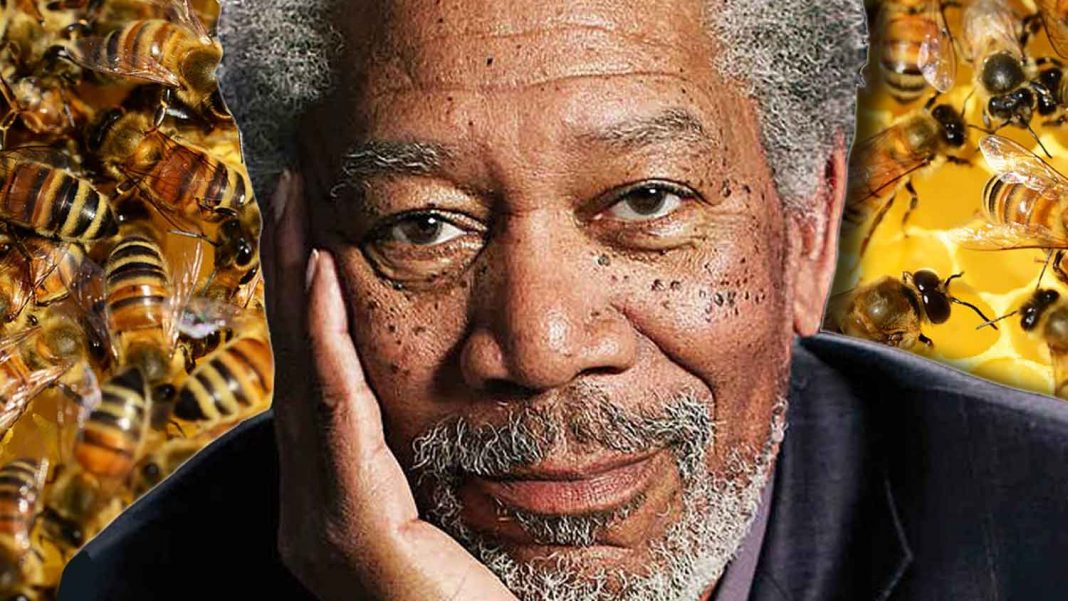First responder dogs.
How These Canines Transformed From Rescued Dogs to First Responders
When a disaster strikes, like a hurricane, or an earthquake; a building collapses, some of the first responders on-site are a team of canine-human rescue units, who were trained by the National Disaster Search Dog Foundation (SDF).
Last August, there were 15 SDF teams deployed to affected areas in Texas following Hurricane Harvey. In September — a miserable month for global disasters — 16 SDF search-and-rescue teams were sent to Florida after Hurricane Irma; 7 were dispatched to Mexico City to search through rubble after a devastating 7.1-magnitude earthquake, and five went to Puerto Rico and surrounding islands after they took a hit from the catastrophic Hurricane Maria. This January, 18 teams were deployed to Montecito, California to help those affected by heavy rains that led to deadly mudslides that swept away homes and families.

NDSDF dog
The team's goal? Find survivors in the detritus of a disaster.
The SDF is a one-of-a-kind nonprofit organization that trains dogs who were rescued from shelters, and in return, they become rescuers themselves. It was founded in 1996 by retired schoolteacher Wilma Melville after she and her search dog were deployed to the Oklahoma City bombing site. Struck by the fact that there weren’t enough search dogs to meet emergency demands — at that time there were only 15 teams nationally that were certified by the Federal Emergency Management Agency (FEMA) — Melville came up with the brightest idea for SDF: Not only would they create more canine disaster search teams, but shelter dogs would be rescued from an uncertain fate.

National Disaster Search Dog Foundation shows off their human and canine staff in action.
Most of these dogs that were recruited are unlikely to be adopted by families because of their exuberant personalities. “What others see as bad behaviors, we see as talent and potential,” says Denise Sanders, SDF’s communications, and development officer.
Volunteer recruiters visit shelters around the country looking for rescue dogs — commonly sporting and hunting dogs like Labradors and golden retrievers, shepherds, border collies and mixed breeds — who are bold and fearless, agile and focused, with a super-high drive and energy to match.

Fury heroes.
Once accepted by SDF, the dogs are enrolled to a rigorous program and treated like competitive athletes, undergoing obedience and agility training, and receiving individualized diets and supplements to help them perform at a peak level. To successfully pass this training, the dogs must be able to find their trainers, posing as victims, in 30 seconds or less in a 10,000-square-foot pile of rubble.
Upon graduation from SDF, the dogs are then deployed with first responders nationwide for additional training. “SDF carefully interviews prospective handlers and their families to make sure they can care for the dog and understand the time commitment involved,” says Sanders. “They have to train several hours a day, several days a week.”

From rescue dogs to first responder dogs.
SDF already have 192 graduate canines. “Our goal is to make sure our canine-human response teams are ready at all times to be deployed,” says Sanders. “We never know when the call is going to come, but we know it is not a matter of if, but when.”
“Saving just one dog won’t save the world, but surely it will change the world for that one dog.”
- Anonymous







0 Comments